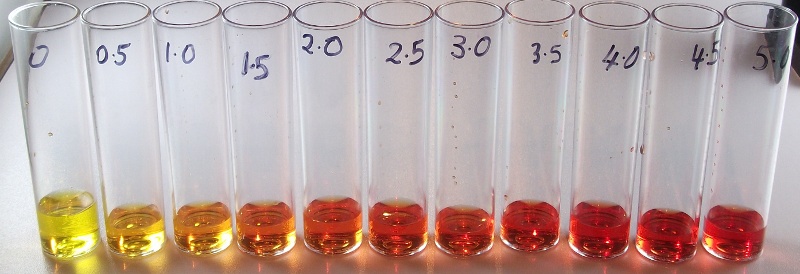Hi everyone, I have a fluval 13.5 gallon nano reef....
For filtration, my water flow goes through a couple of blue/white pads.... then through chemi-pure blue and seachem purigen. In the middle chamber I have seachem matrix before the water is heated and returned to the tank.
I've heard from a few people that the seachem matrix is a nitrate factory and is not needed in a system like mine.
It's been a while since I've run a reef tank so I'm looking for some advice here.
Thanks in advance.
For filtration, my water flow goes through a couple of blue/white pads.... then through chemi-pure blue and seachem purigen. In the middle chamber I have seachem matrix before the water is heated and returned to the tank.
I've heard from a few people that the seachem matrix is a nitrate factory and is not needed in a system like mine.
It's been a while since I've run a reef tank so I'm looking for some advice here.
Thanks in advance.
















